By Katelyn Winter
Located on Harbor Road off Main Street in Stony Brook Village, there is a not-so-little slice of paradise providing visitors with a blissful escape. Behind the duck pond and across from the Grist Mill, you’ll find Avalon Park & Preserve with more than 80 acres of trails, wildflower meadows, ponds and even a winding labyrinth. The park is the perfect balance of a well-maintained public space and a place where nature blooms freely.
“Today, my daughter saw a vole for the first time,” said a mother who loves to take her daughters to this park. “A park ranger told us what it was, and pointed out a paper wasps’ nest, too. I really like that the rangers are always walking around —they’re so great.” Her children were eager to chime in, pointing out some of the parks’ features they find most exciting: “Animals and nature, the pond, the preserve and the labyrinth!”
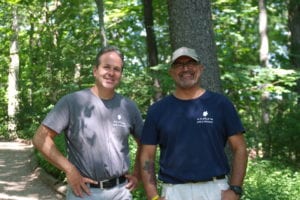
Indeed, according to the park rangers themselves, they’ve really stepped up their presence thanks to the large influx of visitors in past years. When asked what they believe patrons like most about the park, and what they themselves enjoy, one ranger joked, “Us and us!”
On a more serious note, Ranger Danny said it’s all about “where we’re at. And the people you get to meet here are just great.” His co-worker Jeff agreed and said the surroundings are one of the best parts, and the people are really nice. There are a lot of kids that come around, too. Sometimes you almost feel like a tour guide, showing people around the park.”
The joy that both visitors and rangers alike feel at coming together in such a “peaceful, serene atmosphere” is exactly why the Paul Simons Foundation dedicated this park and preserve to his memory. Paul Simons was a young Long Island man whose bright and active life ended too soon, but his passion for nature and taking pleasure in outdoor activities is reflected in the foundation’s wish for the park.
According to Avalon’s web page, the foundation says, “It is hoped that present and future generations of visitors will find pleasure in these gardens, walks and woods.” Walking through the park today, you will find all sorts of people fulfilling that very hope. No matter what brings you to Avalon in the first place, the park seems to welcome you at its stately wooden gate, inviting you onto the boardwalk and into the well-loved park.
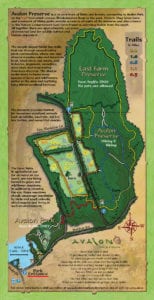
Part of the charm of Avalon Park is that you can enjoy art and activity alongside nature. Many people flock to the park to go on walks or jogs, to practice photography (though professionals must acquire a permit), and even to catch Pokémon. Just be conscientious and double check that the activity you want to enjoy is appropriate in that particular area of the park. For example, mountain biking is only allowed on the trails to the west of Shep Jones Lane, and fishing at the pond requires a permit.
If you’ve been to Avalon before, you know that it can be a great place to just walk about, but if you check out its website, www.avalonparkandpreserve.org, you’ll find an array of group activities and volunteering opportunities for yourself and your family to explore.
While Avalon has many youth programs, the two that take place on its grounds all year long and are open to any interested child are the Avalon Seedlings and the S.T.A.T.E. program. For children under the age of 13, the various Seedlings programs will open them up to the wonderful world of nature under the guidance of Sue Wahlert, a certified teacher who will make sure your child’s curiosity is satiated with new and exciting outdoor classes and activities.
The S.T.A.T.E. program, for teens ages 13 to 17, is an environment-focused volunteer program where they can learn about preserving resources, work on projects both short and long term and get down in the dirt with a purpose.
For those past the age of 17, Avalon welcomes you to one of its many other programs at the Barn, such as Asana Yoga, the Avalon Sky Lab for stellar and solar observing, Mindfulness Meditation and special events like movie night. In addition, the Four Harbors Audubon Society hosts regular bird walks through the park. Each individual program has its own website and contact information, but they are all located on the Field and Barn page of Avalon’s website.
If you didn’t know that Avalon Park was there, you might drive by the Stony Brook Duck Pond and never wonder what lay in the woods beyond its shores. But to unearth its existence is to find a way to incorporate adventure into your weekly routine. It’s a way to connect with nature, however you like to do that, and it’s discovering that so many other Long Islanders appreciate the beautiful place we call home.
And that is why Avalon Park & Preserve is a treasure among us.
Author Katelyn Winter is a rising junior at Muhlenberg College in Allentown, Pa., majoring in English and creative writing. She is from Stony Brook and hopes to one day work in the publishing industry.



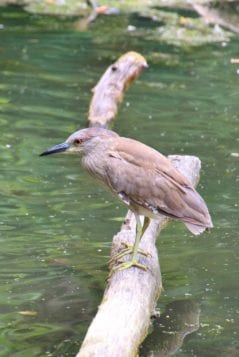
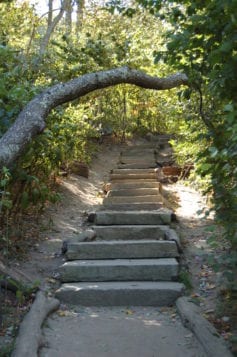

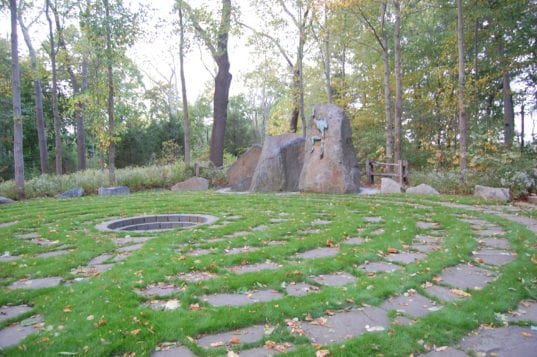


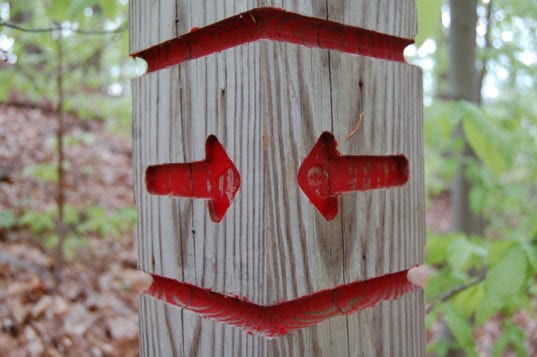
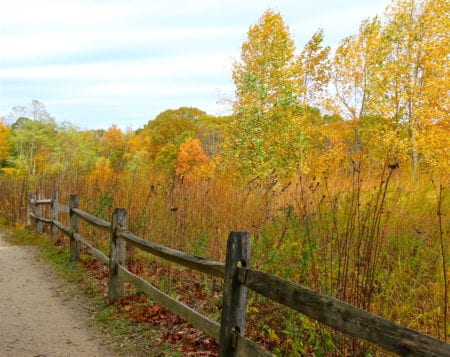
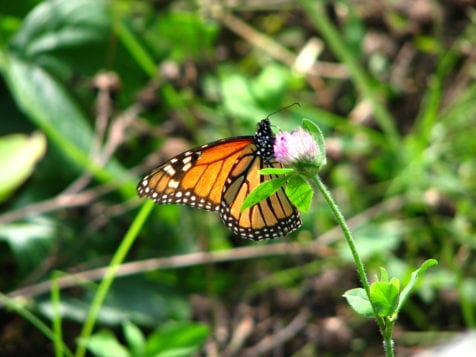









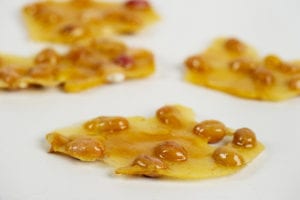

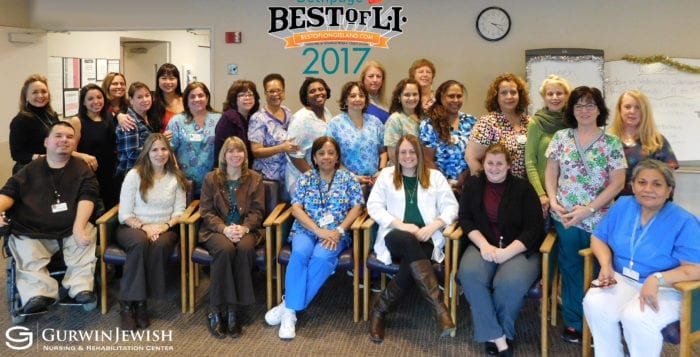



 Another way the paternity of a child born out of wedlock can be established is through an Order of Filiation. A proceeding to establish paternity may be brought in Family Court by the mother of the child, a person claiming to be the father, the child or the child’s guardian. Assuming adequate proof is submitted to the court, an order will be issued setting forth the relationship between the father and the child. Just as there is a 60-day period during which the paternity acknowledgment can be rescinded, the court has 60 days in which to vacate an Order of Filiation before it is deemed conclusive evidence of paternity.
Another way the paternity of a child born out of wedlock can be established is through an Order of Filiation. A proceeding to establish paternity may be brought in Family Court by the mother of the child, a person claiming to be the father, the child or the child’s guardian. Assuming adequate proof is submitted to the court, an order will be issued setting forth the relationship between the father and the child. Just as there is a 60-day period during which the paternity acknowledgment can be rescinded, the court has 60 days in which to vacate an Order of Filiation before it is deemed conclusive evidence of paternity.
 I was listening to the radio and a segment was introduced as “How a Mouse Plague Is a Forbidding Forecast for Lyme Disease in the Northeast,” predicting 2017 as a particularly risky year for Lyme disease. I had always focused on how close deer came to a dog owner’s property when discussing the risk of Lyme disease. I realize now that I must also ask about mice.
I was listening to the radio and a segment was introduced as “How a Mouse Plague Is a Forbidding Forecast for Lyme Disease in the Northeast,” predicting 2017 as a particularly risky year for Lyme disease. I had always focused on how close deer came to a dog owner’s property when discussing the risk of Lyme disease. I realize now that I must also ask about mice.
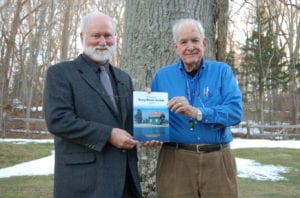
 Chapter 3, “The Living Harbor,” begins “The splendor of the harbor is largely identified with its living marine plants and animals.” It goes on to describe the huge variety of plants and animals that inhabit the area. In many cases the same is true for all the pocket bays in our area including Mount Sinai and Setauket.
Chapter 3, “The Living Harbor,” begins “The splendor of the harbor is largely identified with its living marine plants and animals.” It goes on to describe the huge variety of plants and animals that inhabit the area. In many cases the same is true for all the pocket bays in our area including Mount Sinai and Setauket.


